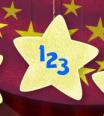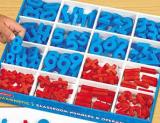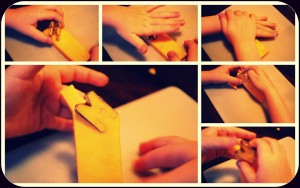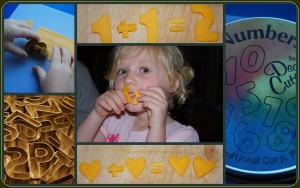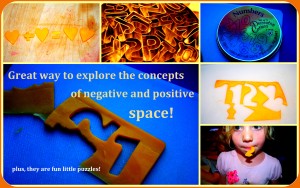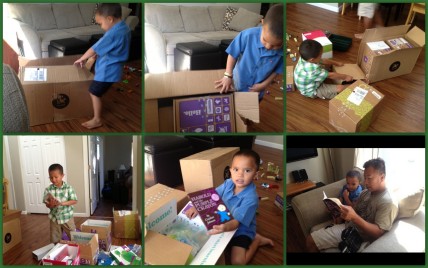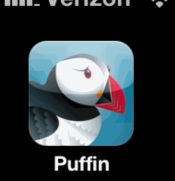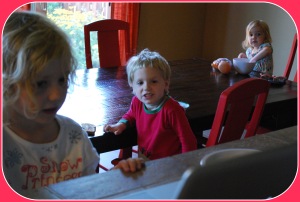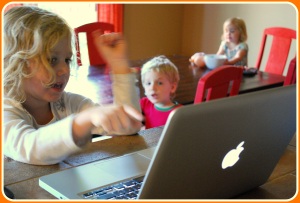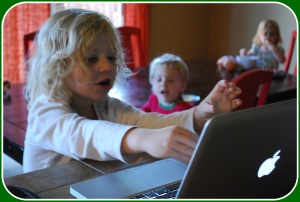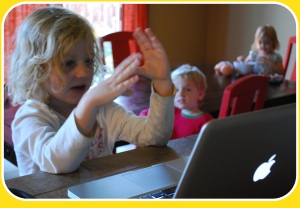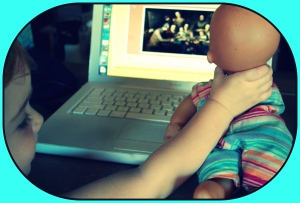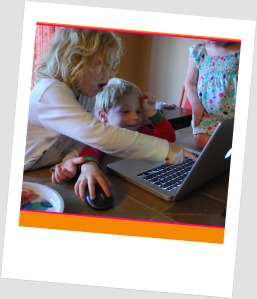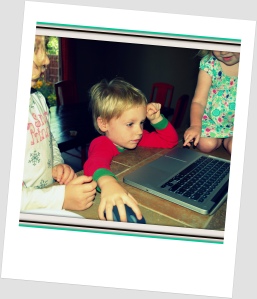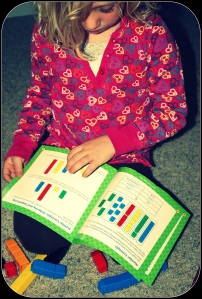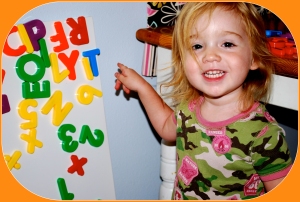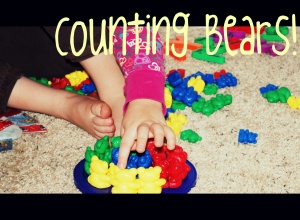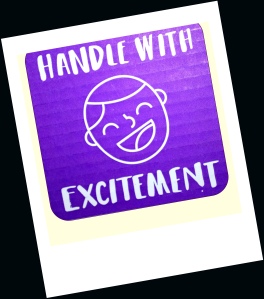See article from last week’s Bend Bulletin below. Thought our Pre-K families might be interested in this topic!
*****************************************************************************************************************
Are Central Oregon kindergarteners ready for school?
By Alandra Johnson • The Bulletin Published May 23, 2014 at 12:11AM
Want to know how incoming kindergarteners fared at your school? Visit http://www.ode.state.or.us/search/page/?=3908 and click on 2013-2014 Kindergarten Assessment Results.
Children enter kindergarten each year with highly varying degrees of skills. Some can read and perform addition. Others can’t recognize a single letter or shape. Some can sit in circle time and share with others, while it’s evident other children have rarely been around other kids.
“Kids come in across the spectrum,” said Lora Nordquist, assistant superintendent for elementary programs with Bend-La Pine Schools. “There are big gaps.” Those gaps, Nordquist said, “absolutely matter” as the child progresses through school.
In September 2013, for the first time, Oregon required all kindergartners to undergo a standardized assessment to determine how ready they were for school. During the first few weeks of school, teachers measured not only students’ letter and number recognition, but they also assessed the students’ interpersonal skills and self-regulation. While most standardized tests can be seen as a way to evaluate the education system, these tests were meant to assess students’ readiness for school.
The results, released this year, verify what most educators expected.
“There are no surprises here,” said Nordquist.
The results are tricky to parse, as it’s unclear what a “good” score would be, and this being the first year of the tests, there are no previous years to compare the results to. Incoming kindergartners’ scores in Bend-La Pine Schools fared better than the state averages on the tests, as did scores from students in Sisters. Incoming students in Redmond and Crook County fared above in some measures and below state averages in others. Culver scores fell mostly below state averages, as did those in Jefferson County School District.
Kids begin kindergarten with a wide range of abilities and those seem to align closely with socioeconomic status. Nordquist believes the Bend-La Pine schools that fared best were those with the least amount of poverty; students who didn’t fare as well tended to come from higher poverty areas. For example, incoming kindergartners at Highland Magnet School, where 12 percent of students qualify for free and reduced-price lunch, could name four times as many letters on the test compared with students at Roseland Elementary in La Pine, where 89 percent of students qualify for free and reduced-price lunch.
The statewide data also shows an achievement gap between white and Asian students and African-American and Hispanic students begins before students enter school. “It echoes the patterns we see later on. It is helpful to be able to validate that,” said Kara Williams, education specialist with the Oregon Department of Education.
The state and school districts are sorting out how to utilize the data. It may be used to help direct resources to those schools most in need, to help close those gaps. Brett Walker, who works in early learning with ODE, said schools are beginning to reach out to preschools and child care providers to get them thinking about school readiness. “How can we all be working together to make sure kids are coming to school ready to be successful?” said Walker.
Nordquist said the district is currently working with private preschool educators, the Education Service District and Central Oregon Community College to collaborate on kindergarten readiness.
Cheri Rassmussen, principal at Crooked River Elementary School in Prineville, believes the differences shown in the kindergartners’ assessments can persist. Entering students who are not ready for school often end up struggling. “I think it sets a tremendous amount of children up for failure,” said Rassmussen. “We say they will catch up, but they don’t in Prineville, Oregon. They are just not as prepared.”
But that is not to say that parents of incoming kindergartners need to panic or begin drilling their children with flashcards. The good news is there’s a lot parents can do to help children prepare for school — and all of it can be fun.
The test
“The first three or five years of life are really foundational,” said Walker. A student’s destiny is not set by age 5, but school readiness can affect a student’s academic success and life trajectory, he said.
“It’s really important for schools to be ready to meet them where they are,” Walker said.
In the new assessments, students were given a piece of paper printed with 100 uppercase and lowercase letters and asked to name as many letters as they could in 60 seconds. Students were given a similar piece of paper, with letters and letter combinations and asked to name as many letter sounds as they could in 60 seconds. (Williams notes this means the tests do not measure how much students know, but rather how quickly and accurately they can access this information.)
A third test asked students 16 simple numeric and math problems (for instance two circles were shown and students were asked to count the circles and point to the answer.) The other two assessment areas — self-regulation and interpersonal skills — were measured by observations teachers made during the first weeks of school. Teachers evaluated questions such as: Can the student follow directions? Does she get along with her peers? Is he able to follow directions? Can she wait her turn?
Nordquist and some local teachers said these last measures are actually more important than the academic skills. Executive function (as these skills are sometimes referred to) “may be the strongest single predictors in students’ success 20 years later,” according to Nordquist. More than language or number knowledge, she said these executive function skills create “people who can manage time, know how to listen, know how to organize information and get along with others.”
The assessments did not track students’ previous experiences, such as which children attended preschool or those who stayed home. “We definitely see students who it’s clear they have not spent lots of time with other children,” said Nordquist.
Pine Ridge Elementary School kindergarten teacher Kate Kranzush felt the tests didn’t give her any additional information to help drive instruction, but she sees the value of collecting data statewide. Kranzush teaches in a classroom with 13 students who are English language learners and found it hard to watch them struggle with the testing. With the school year winding down, Kranzush says all of her students, including those who couldn’t speak English at the beginning of the year, can now read and write.
She firmly believes behavior and social/emotional factors play the largest role in a student’s school success, not academic knowledge. “Our job is to teach and we can do that,” said Kranzush.
Ilene Olsen, a kindergarten teacher at Miller Elementary School, echoes those sentiments, saying the social piece is the critical part. If one child enters kindergarten able to read and another one cannot, that is not proof that one is smarter than the other, said Olsen.
She says some children from affluent families can have shortcomings in social skills. Olsen says some children arrive at kindergarten unsure of how to play — she tells them to go outside and play and they aren’t sure what to do (Olsen believes too much electronics use could be to blame).
So what should kindergartners know? Rassmussen says ideally, kindergartners would know their letters and to be able to count to 10. They should know shapes and colors. They should be able to tie shoes and snap their pants and they should be able to share.
Olsen likes to see children who are willing to work hard. “Sometimes things are hard and that’s OK. Mistakes are OK. Some kids shut down really easily,” said Olsen.
She hopes parents take time to embrace what she calls “lap time.” Just to sit and snuggle and read books, talk and be together. “Take the pressure off and just enjoy them,” said Olsen.
Kranzush doesn’t want parents to panic. “They’re 5. Let them be 5.” No flashcards, no pressure. She likes to see a child who is ready to learn and be a go-getter.
Crystal Greene, communications director with ODE, said that she hopes parents “feel empowered. There is so much that’s so simple that they can do.”
Parents “don’t need to focus on the test. The test is about the system and to make sure it’s serving children as well as possible,” said Greene.
— Reporter: 541-617-7860, ajohnson@bendbulletin.com

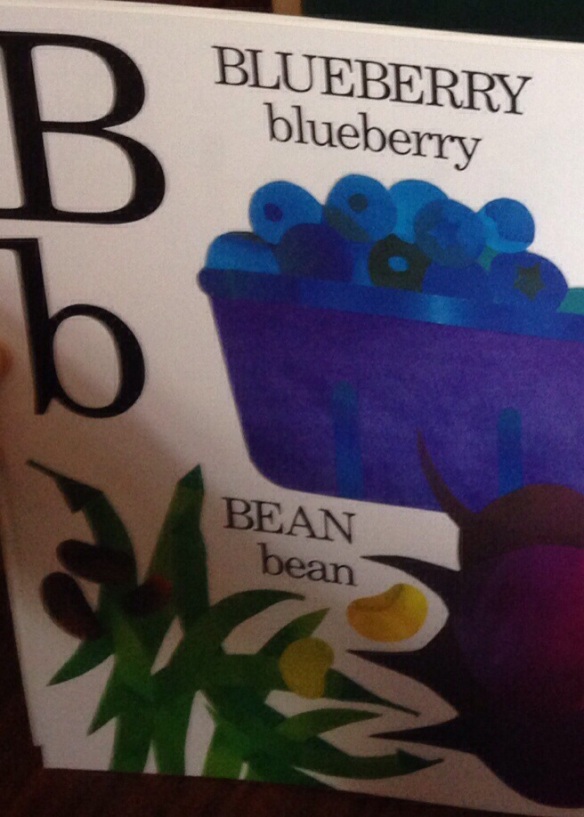
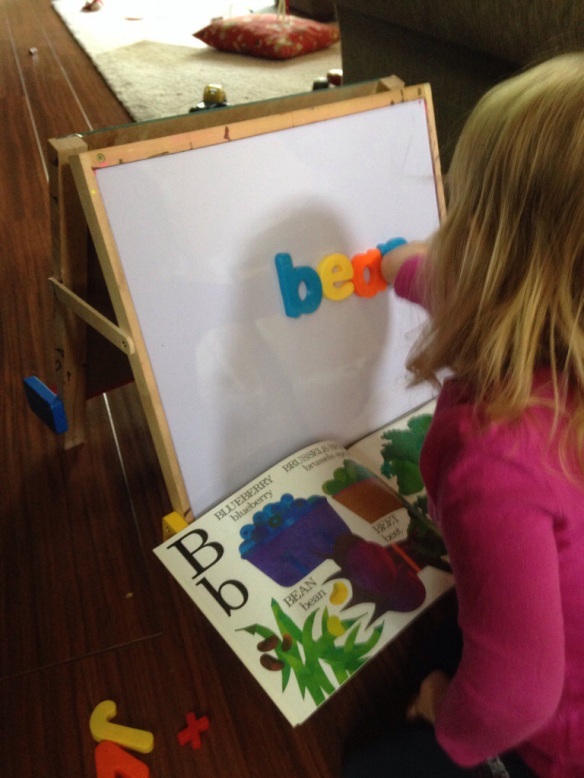
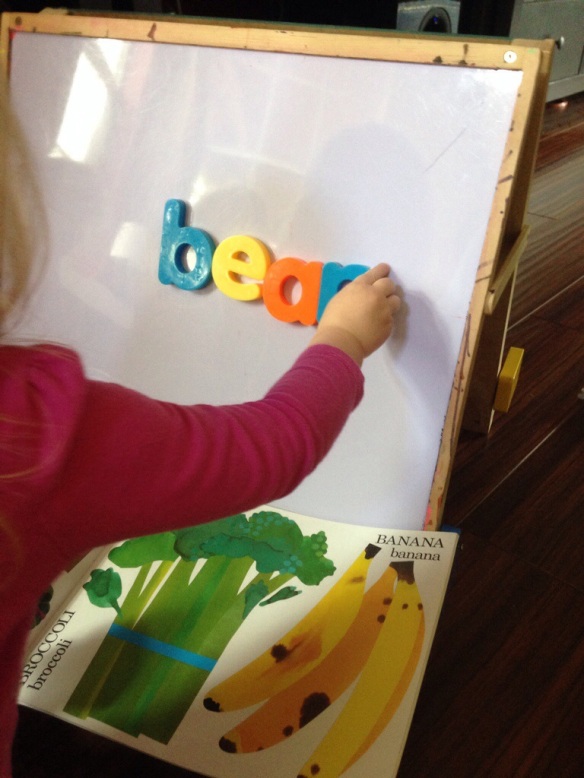
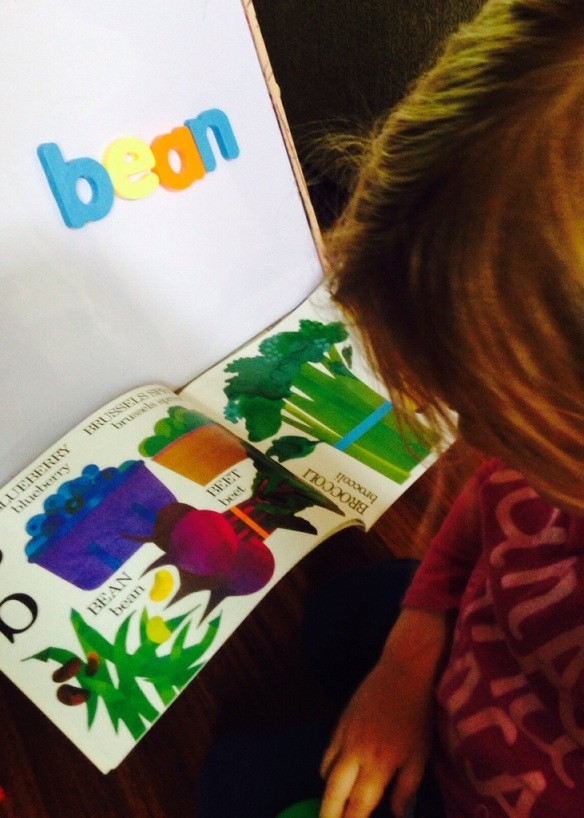
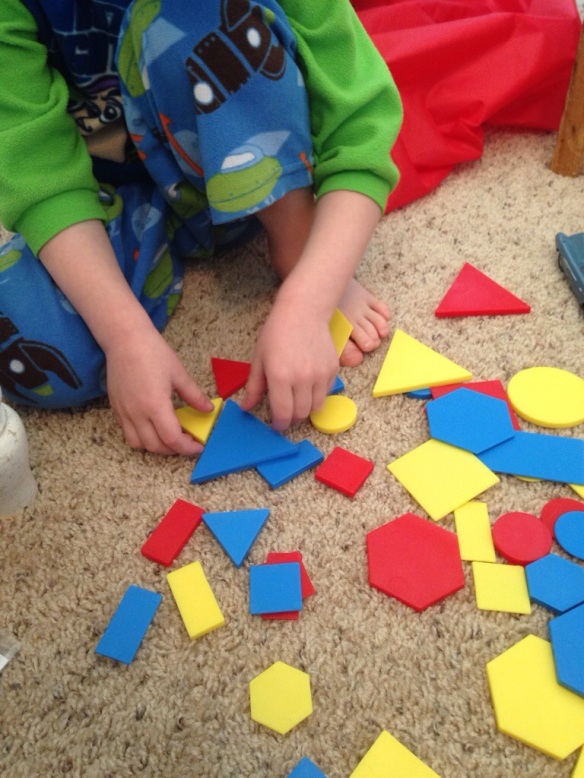
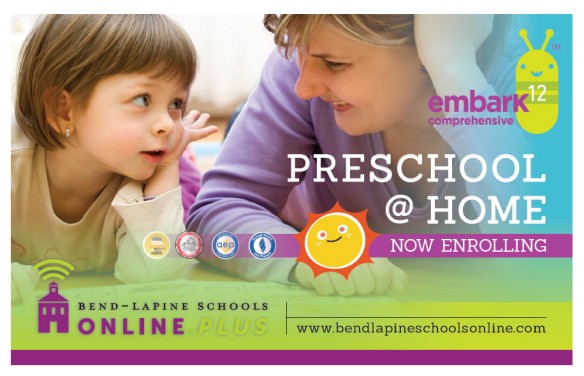
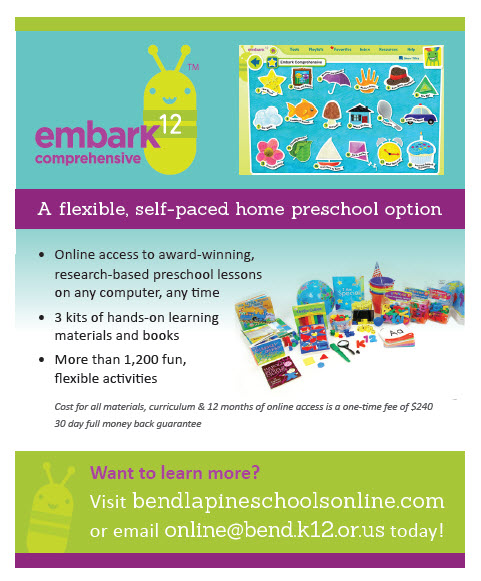
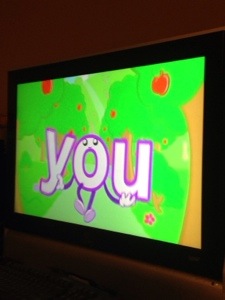
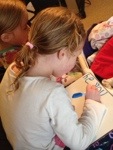
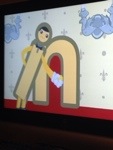
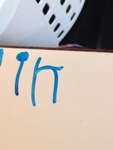
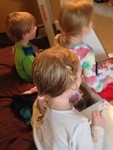
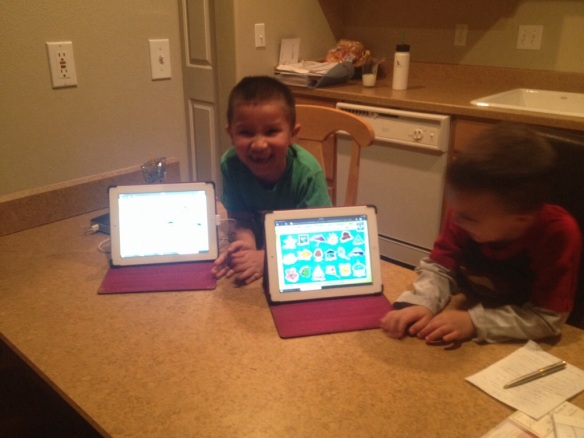
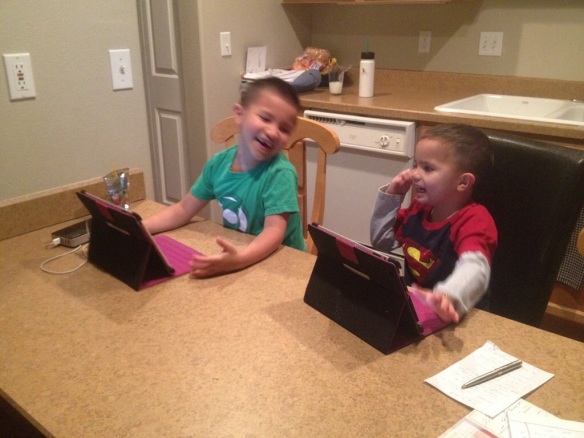
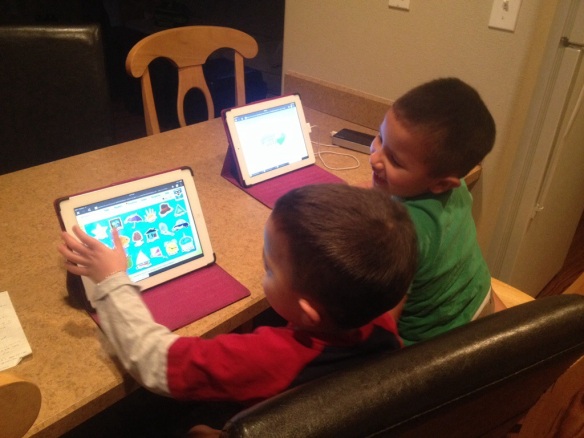

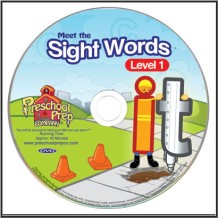
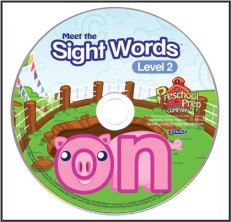
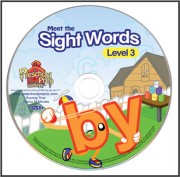
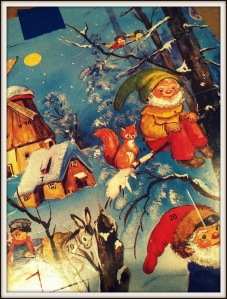
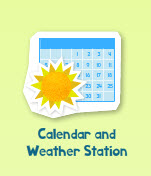
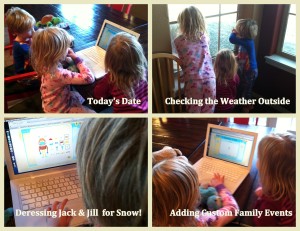
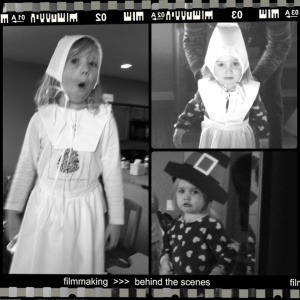
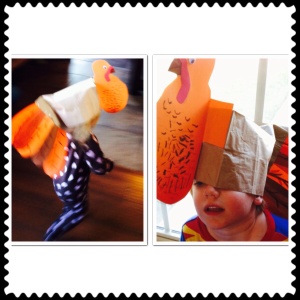
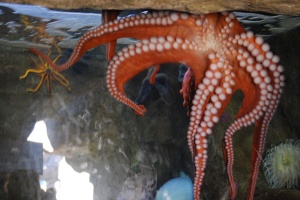
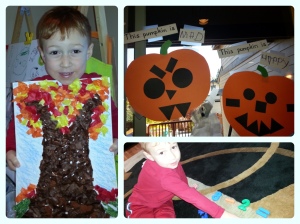
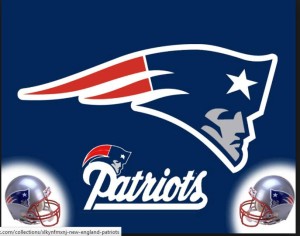
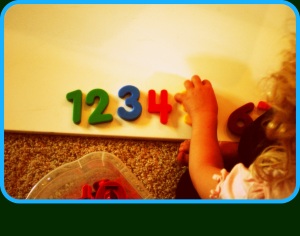
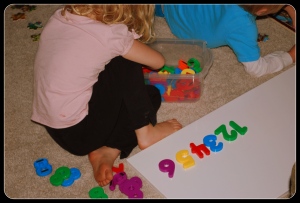
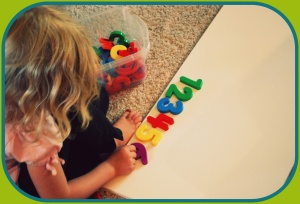
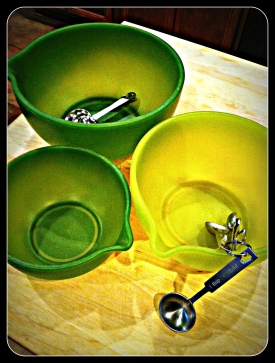


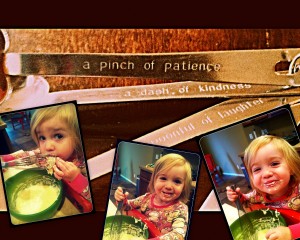
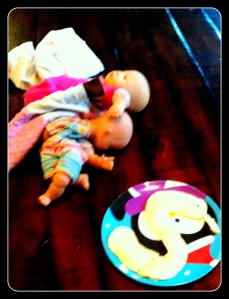
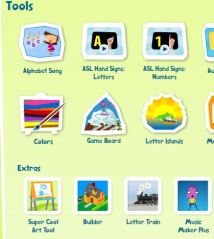
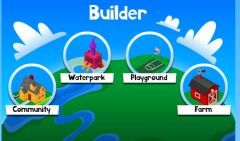
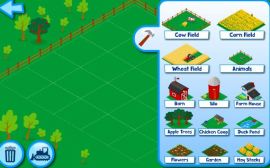 This screen shot is of the farm she can build. Her on-site pre-school is a “farm” so she relates to this.
This screen shot is of the farm she can build. Her on-site pre-school is a “farm” so she relates to this. 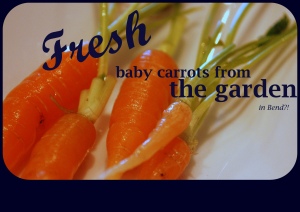
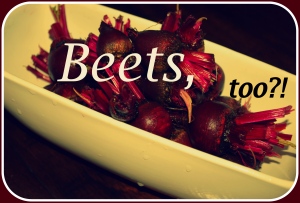
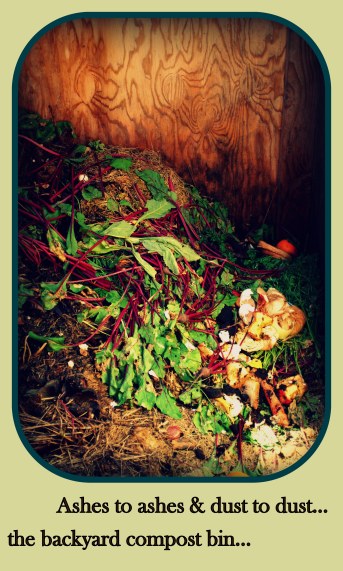 Happy Learning!
Happy Learning!